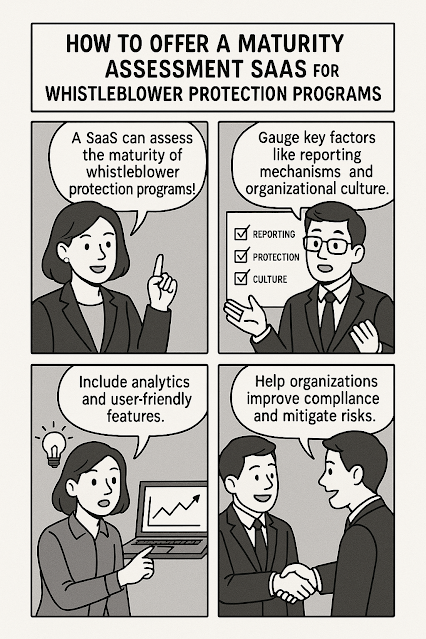How to Develop a Real-Time Export Tariff Calculator for Global E-Commerce Sellers

How to Develop a Real-Time Export Tariff Calculator for Global E-Commerce Sellers Introduction Understanding Tariffs Key Components of a Tariff Calculator Integration into E-Commerce Platforms Resources and Tools Conclusion Introduction In today's globalized market, e-commerce sellers face the challenge of navigating complex international trade regulations. One critical aspect is accurately calculating export tariffs in real-time to ensure compliance and maintain profitability. Understanding Tariffs Tariffs are taxes imposed by governments on imported or exported goods. They can significantly impact the cost of goods sold, affecting pricing strategies and profit margins. For instance, the U.S. has implemented varying tariff rates based on product classification and country of origin. Key Components of a Tariff Calculator ...











